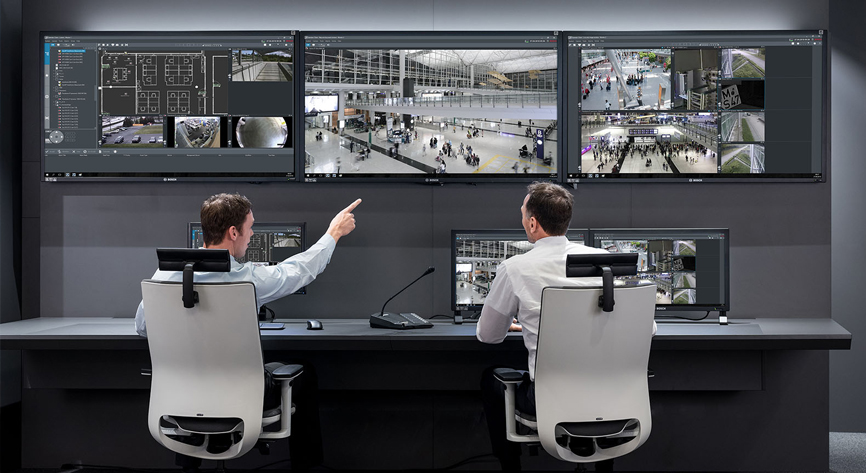In the world of electronic access control systems, hardware has traditionally prevailed and played a decisive role in controlling the entrance and passage to houses, buildings and other physical spaces. The software usually played a minor role in this and was installed directly on the local control panels, and its functions were limited to creating basic event reports for security managers.
But the situation is gradually changing, as access control systems have become more program-oriented. Today, access control software is becoming more accessible to a wider range of participants, providing end users with broader and more complete data related to patterns of use of buildings. The software also supports integration with other security systems, allowing real-time security managers to respond to incidents and potential security breaches.
In the most advanced solutions, access control software can even use an elementary form of artificial intelligence to respond to changing circumstances and generate automatic responses. For example, a software platform, having received enough evidence of an emergency, will automatically send a command to unlock all the doors in the building to allow emergency services to enter the building.

In this article, we will analyze the latest changes in the access control software market in 2019 and the most important events in the industry.
Challenges and recent trends in the global market
While advances in access control software can potentially improve the integrity of security systems, it has so far been little used to enhance the market prospects of this segment. As of 2018, software sales account for less than 7% of the total income from access control in the world per year - a low indicator that does not allow us to speak about the high potential of access control for high profits. A projected cumulative annual growth rate (CAGR) of 6.7% between 2018 and 2023. for software, it is also only slightly above the average expected growth rate for all access control equipment.
Vendors of access control systems confirm that end users are interested in learning solutions that include access control software, but they are in no hurry to invest in expensive modernization projects to support new functionality. This situation is especially true for owners of commercial buildings - a sector that often does not fall under strict government regulations requiring frequent security checks or funded upgrades.
Despite this, the high demand from end users at the enterprise level contributes to the implementation of new functionalities of access control software, which allows it to remain relevant.
Relevant features include the use of mobile credentials and mobile applications, uninterrupted access and motion tracking, the development of user-friendly interfaces, the implementation of customizable dashboards and behavioral analytics through the integration of access control software with video management system (VMS) software. These features will be discussed in more detail later in the article.

Meanwhile, the role of software providers for access control is changing. While many companies — as end users — rely on system integrators or IT departments to customize their access control software, access control providers themselves are currently developing specialized platforms for specific industries. This approach allows you to compete with system integrators and increase profits by providing software with functionality specifically tailored to the needs of a particular client, at a lower price. This in turn led to a growth of the access control software market.
Over the next decade, access control software will play an important role as the foundation for future innovations in areas such as advanced analytics, big data processing, and machine learning. Ultimately, however, most commercial buildings will rely on centralized building management system (BMS) platforms to facilitate communication between domains, to aggregate data, and to implement equipment management algorithms.

Many access control software vendors have recognized the key role that access control systems must play in facilitating advanced analysis of control systems in smart buildings. As a result, access control platforms received new innovative features related to BMS platforms.
Regional trends
